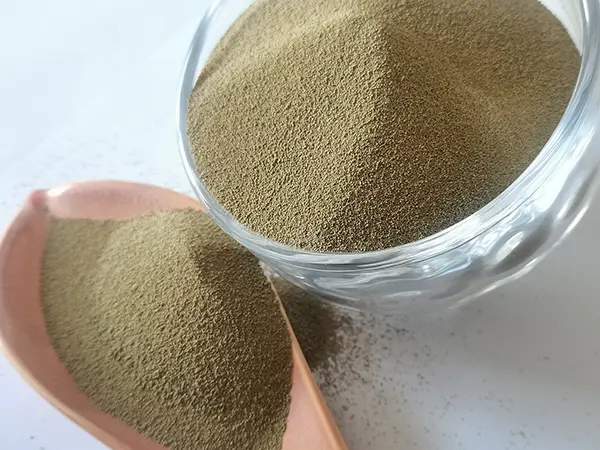The Art of Wet Sanding Ceramics A Comprehensive Guide
Wet sanding ceramics is an intricate process that plays a pivotal role in achieving a smooth, flawless surface on ceramic pieces, whether they are functional ware or artistic expressions. This technique not only enhances the aesthetic appeal but also improves the durability of ceramic items. In this article, we will explore the process, benefits, tools required, and tips for successful wet sanding of ceramics.
Understanding Wet Sanding
Wet sanding involves using water or another liquid as a lubricant while sanding to minimize dust, reduce heat, and achieve a smoother finish. This technique is particularly effective for ceramics, as it helps prevent the abrasive from clogging the sanding surface, allowing for a finer polish. When done correctly, wet sanding can significantly enhance the surface quality of glazed and unglazed ceramics.
Benefits of Wet Sanding Ceramic
1. Smooth Surface Finish Wet sanding allows for a finer finish compared to dry sanding. The water helps to carry away particles that might otherwise scratch the surface, resulting in a glossy and smooth finish.
2. Reduced Dust One of the most significant advantages of wet sanding is the reduction of dust creation. This is particularly important in a studio environment, as it promotes a healthier workspace.
3. Cooler Working Conditions The use of water keeps the temperature down during the sanding process, which is crucial for avoiding cracks or warping in the ceramic material.
4. Improved Control Wet sanding provides better control over the sanding process, allowing for more precise work, especially in detailed areas of a ceramic piece.
Tools and Materials Required
To successfully wet sand ceramics, you will need the following tools
1. Sanding Pads Choose a set of wet/dry sanding pads or sheets that range from coarse (around 200-grit) to fine (up to 2000-grit). The grit size will determine how aggressive or smooth the sanding will be.
2. Water Source A spray bottle or a small basin of water will work well. Some artists prefer to use a mix of water and mild soap to enhance lubrication.
wet sanding ceramics

3. Sponge or Cloth To wipe away residue and ensure that the surface remains clean during the process.
4. Protective Gear Although wet sanding produces less dust, it is still wise to wear gloves and goggles, particularly if you're using chemical substances like soap or surfactants.
5. Supportive Surface A flat, non-slip surface where you can comfortably work on the ceramic piece will also be quite beneficial.
The Wet Sanding Process
1. Preparation Begin by cleaning the ceramic piece thoroughly to remove any loose particles or dust. Inspect the surface for imperfections that you want to address.
2. Choose Your Grit Start with a coarser grit if you need to remove significant imperfections. Alternatively, if the surface is already relatively smooth, you can begin with a finer grit.
3. Wet the Surface Spray water onto both the sanding pad and the ceramic surface. Make sure there is enough water to keep the surface lubricated throughout the process.
4. Sanding Technique Using a light to medium pressure, gently sand the surface in a circular or back-and-forth motion. Ensure that you keep the area moist to avoid clogging the sandpaper.
5. Progress Through Grits After achieving the desired smoothness with the coarse grit, gradually progress to finer grits, repeating the wetting and sanding process.
6. Final Touches Once you reach the finest grit, and the surface is smooth to your satisfaction, rinse the piece and dry it with a cloth.
7. Assess and Finish Finally, assess the surface and, if desired, apply a protective finish, such as a clear glaze, to enhance the aesthetic and durability of the ceramic piece.
Conclusion
Wet sanding ceramics is an essential technique that elevates the quality of ceramic works. With patience and the right approach, you can achieve a beautifully smooth finish that accentuates the beauty of your ceramics. Whether you are a beginner or a seasoned potter, mastering this technique will undoubtedly enhance the quality of your work, allowing each piece to shine with perfection.
Post time:Դկտ . 05, 2024 14:56
Next:Innovative Techniques in Sand Casting for Modern Foundry Applications
